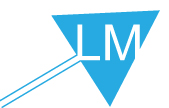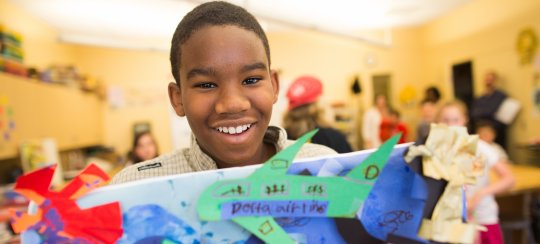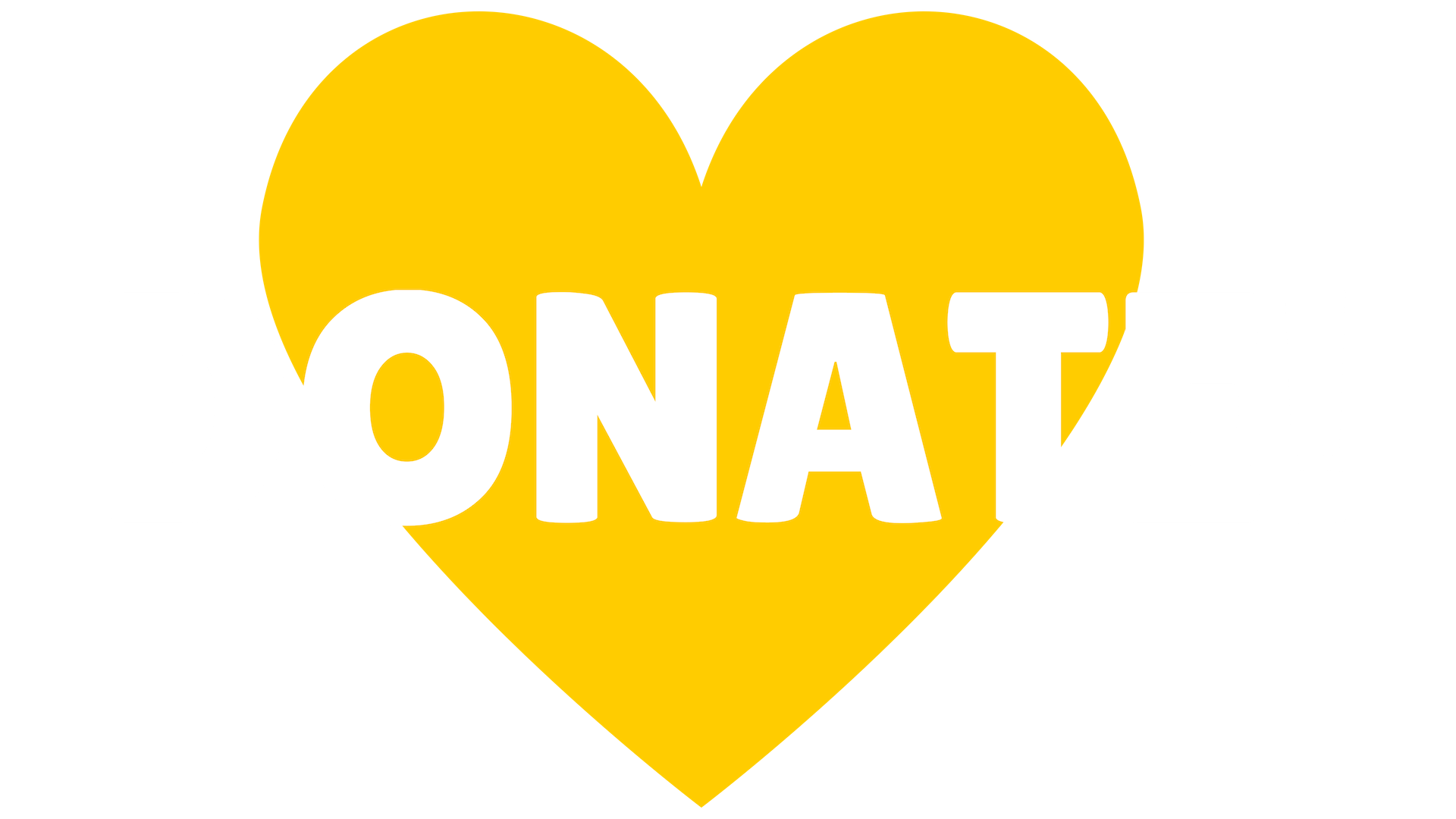By the end of this lesson students will be able to reflect on movement and prosody choices.
LESSON OVERVIEW
| Steps |
Pacing: 60 Minutes |
|
|
30 Minutes |
|
|
30 Minutes |
Standards Alignment
Speaking & Listening
SL 3.1a: Come to discussions prepared, having read or studied required material; explicitly draw on that preparation and other information known about the topic to explore ideas under discussion.
SL 3.1b: Follow agreed-upon rules for discussions (e.g., gaining the floor in respectful ways, listening to others with care, speaking one at a time about the topics and texts under discussion).
SL 3.1c: Ask questions to check understanding of information presented, stay on topic, and link their comments to the remarks of others.
SL 3.1d: Explain their own ideas and understanding in light of the discussion.
SL 3.6: Speak in complete sentences when appropriate to task and situation in order to provide requested detail or clarification.
SL 4.1a: Come to discussions prepared, having read or studied required material; explicitly draw on that preparation and other information known about the topic to explore ideas under discussion.
SL 4.1b: Follow agreed-upon rules for discussions and carry out assigned roles.
SL 4.1c: Pose and respond to specific questions to clarify or follow up on information, and make comments that contribute to the discussion and link to the remarks of others.
SL 4.1d: Review the key ideas expressed and explain their own ideas and understanding in light of the discussion.
SL 4.6: Differentiate between contexts that call for formal English (e.g., presenting ideas) and situations where informal discourse is appropriate (e.g., small-group discussion); use formal English when appropriate to task and situation.
SL 5.1a: Come to discussions prepared, having read or studied required material; explicitly draw on that preparation and other information known about the topic to explore ideas under discussion.
SL 5.1b: Follow agreed-upon rules for discussions and carry out assigned roles.
SL 5.1c: Pose and respond to specific questions by making comments that contribute to the discussion and elaborate on the remarks of others.
SL 5.1d: Review the key ideas expressed and draw conclusions in light of information and knowledge gained from the discussions.
SL 5.6: Adapt speech to a variety of contexts and tasks, using formal English when appropriate to task and situation.
None for this Lesson.
Teaching Resources
-Unit 5, Tracks: “BrainDance of Words" #
1,
2,
3, and
4 by Debbie Gilbert
-Laptop or Tablet
-Speakers (Optional)
Unit 5 includes the following Life & Learning Skills:
-Reflective thinking
-Creative problem-solving
-Critical and analytic thinking
-Collaboration Communication
 Differentiation Options
Differentiation Options
Differentiation Options will appear throughout the unit to suggest ways to scaffold or challenge student learning. Use the number of helping hands to select the level of differentiation that best supports student learning.


 Highest level of scaffolding. Select this option if students are learning strategies for the first time, if the text is challenging for them, or if students require more guidance during activities. Part 1 lessons are written for the highest level of scaffolding.
Highest level of scaffolding. Select this option if students are learning strategies for the first time, if the text is challenging for them, or if students require more guidance during activities. Part 1 lessons are written for the highest level of scaffolding.

 Moderate scaffolding. Select this option if students require some support comprehending the text or navigating the activity.
Moderate scaffolding. Select this option if students require some support comprehending the text or navigating the activity.

Least amount of scaffolding/Extending the instruction. Select this option if students are ready to work more independently, move more quickly through the material, or are ready for additional challenge.
 Leveraging Moments
Leveraging Moments
Key instructional steps where the arts are used to leverage literacy-learning (and vice versa) are marked with  . Smaller leveraging moments also occur throughout the lessons.
. Smaller leveraging moments also occur throughout the lessons.
Process: Give an overview of the lesson objectives, which are to practice dances with music and then present and reflect with feedback for revision.
Suggested Dialogue
"By the end of today’s lesson, you will be able to say, 'I can reflect on my group’s and my peer’s movement and prosody choices'.”
Process: Transition to dance and move desks.
Suggested Dialogue
Getting Ready for BrainDance
"When I say 'Go,' move the desks and find an empty space in the room for our BrainDance warm-up. Go!"
Process: Lead the students in one of the four BrainDances of Words. Below are the cues for BrainDance #4, but feel free to select one of the other BrainDances. Students stand at the sides of their desks. Use the audio track with verbal cues and musical accompaniment for the BrainDance. If desired, instead of using the audio track, use the verbal cues below to guide students through the BrainDance. This can be facilitated as a generic BrainDance without descriptive words, with descriptive words, with or without music.
Suggested Dialogue
Warming Up with BrainDance
"We’ll start by warming-up our bodies and brains with the BrainDance to prepare us to choreograph our Words in Motion! dances.
Breath: Breathe quietly.
Tactile: Bouncily tap your head, your arms, your fronts, your backs, your legs, and your feet.
Core-distal: Expand your body into an enormous shape and contract into a miniscule shape.
Head-tail: Ripple your body forwards and backwards and from side to side.
Upper half: Freeze the lower half of your body. With the top half of your body, move suddenly.
Lower half: Freeze the top half of your body. With the lower half of your body, move gently.
Body-half right: Freeze the left side of your body. With the right side, move playfully.
Body-half left: Freeze the right side of your body. With the left side, move nervously.
Eye-tracking: Follow your right thumb with your eyes. Move it angrily from side to side. Follow your left thumb with your eyes. Move it unhurriedly from side to side.
Cross-lateral: Purposefully reach your arms across the front of your body on different levels.
Vestibular: Aggressively spin and then freeze in a hopeful shape.
Breath: Breathe quietly."
Process: Groups rehearse their dances with music. Manage the time based on where each group is in the process. Feel free to set time limits for finalizing choreography. Some students may be ready to rehearse to music while others are finishing up their choreography. Since students will be in different places, you may provide rehearsal options to guide their time.
Teaching Tip: Rehearsal Option Examples
-Finishing choreography and prosody and running through the dance and music all together.
-If the dance is choreographed, students run through it once to remember the choreography and prosody choices. Then, add music to their dance.
-Students can change some of their choreography to fit the music as long as the meaning of the poem is present in the movement.
Process: Facilitate groups to share their dances with music. Create the performance space and review audience and performer behavior. The audience reflects after each dance. The feedback should be positive and focus on the successful choices the dancers made to communicate their poem vocally and physically.
Suggested Dialogue
Preparing Students to Share Dances
"Let’s show each other our Words in Motion! dances. After each dance, we’ll reflect on what the groups did to show words and phrase of the poem through movement and prosody. It is okay to make mistakes. It is okay to be nervous. Focus on the work you’ve done."
"Let’s review. What makes a good audience? (Students respond.) What makes a good performer?" (Students respond.)
"The order in which you will perform is …" (tell groups the order they will perform).
"Before you perform, tell me if you will read your poem before or after and if you will be speaking your poem during your dance."
"Audience, look for the choices they make with their bodies and voices to show the words and phrases in the poem."
Facilitating as Groups Share & Reflect on Dances
"Let’s have the first group perform. Tell me how you’re using prosody and begin. (Group enters the presentation area.) Audience ready? Dancers ready?" (Dancers perform.)
"Dancers, take a bow! Audience, give them a hand in sign language!" (After the performance, performing groups stay in the presentation space, standing or sitting, while the audience responds.)
"Let’s reflect. When you’re giving feedback to the dancers, focus on the choices they made that effectively communicated the poem. Refrain from telling the dancers what didn’t work for you. Don’t offer suggestions for changes. It is the choreographer’s job to hear your feedback about what was successful, decide what might need work, and make changes."
"First, what did you see? I saw…" (Students respond.)
"Second, what did the dance show or make you feel? The dance showed/made me feel…" (Students respond.)
Repeat the process for the remaining groups.
Process: Restore the room to its original state. Tell students how and where to move the desks and where to go once they’ve moved everything.
Process: Close the lesson with a look forward describing the next lesson.
Suggested Dialogue
"In our next lesson, we’ll revise our dances and prepare for our performance."
Performing The Closing Ritual (Optional)
"To close our theater lessons, we'll appreciate our work and each other with a unified clap.
On three we'll all clap once and say, 'Huh!' 1-2-3 (clap) Huh!"
CONGRATULATIONS ON COMPLETING LESSON 14! YOU ARE NOW READY TO MOVE ONTO LESSON 15 OF UNIT 5.

 Differentiation Options
Differentiation Options ![]() Leveraging Moments
Leveraging Moments
